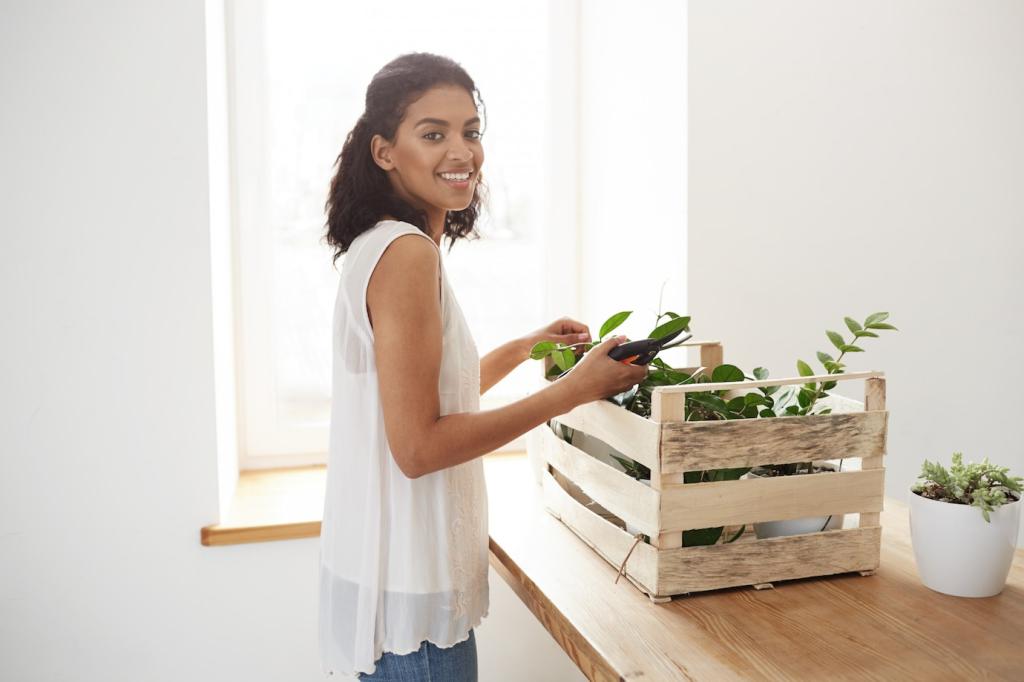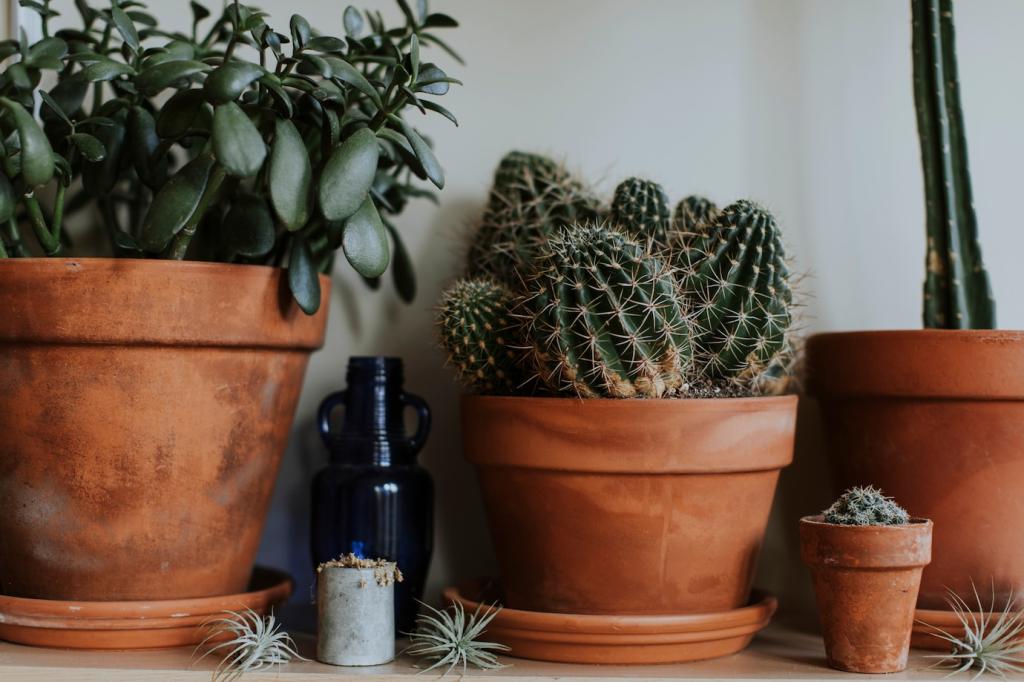Leak Detection You Can Live With
EPA estimates show household leaks can waste nearly 10,000 gallons annually. Inline meters track flow patterns and flag anomalies—like a toilet running at night—before bills spike. We love dashboards that visualize daily goals. Would a usage graph change how you run baths or laundry?
Leak Detection You Can Live With
Under-sink pucks and acoustic vibration sensors listen for drip signatures and detect puddles early. A reader wrote that a tiny fridge line leak was caught before damaging cabinets. Place sensors near the water heater, dishwasher, and under every vanity for peace of mind.



